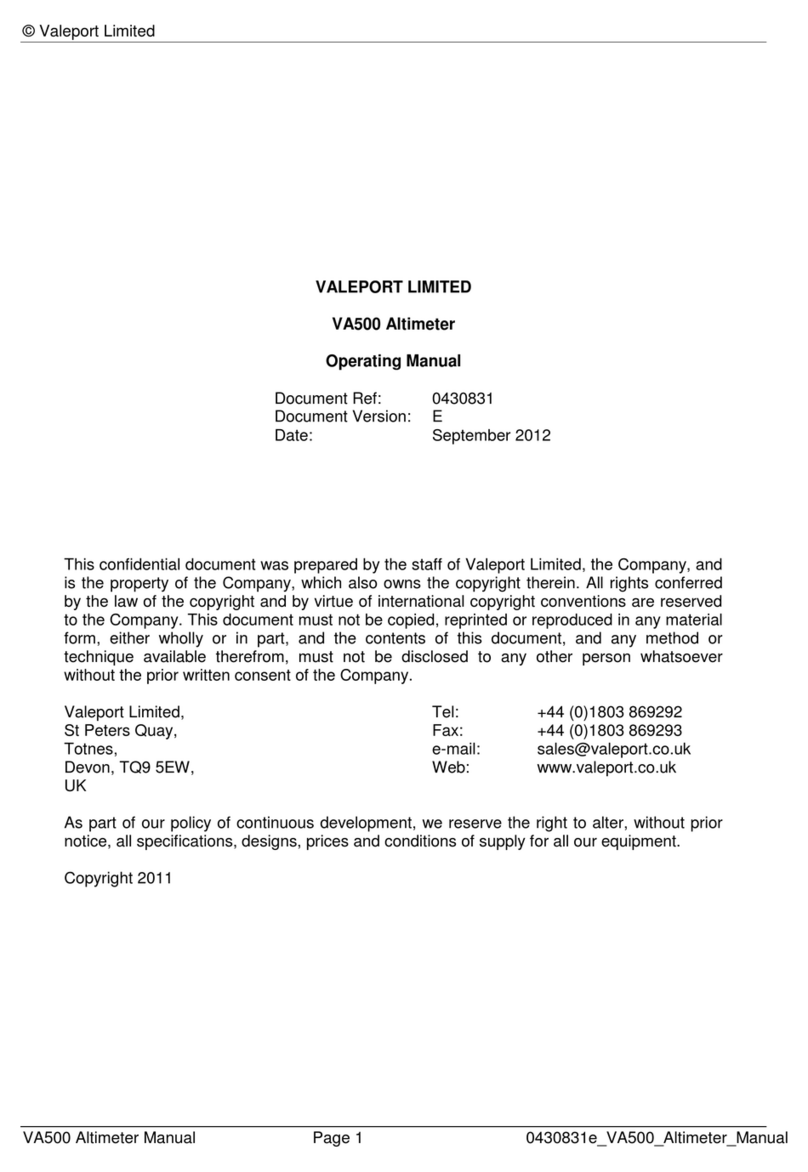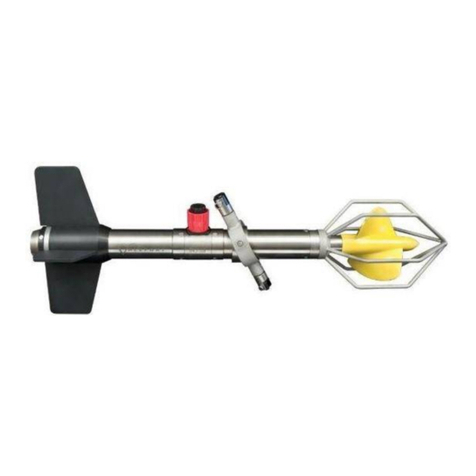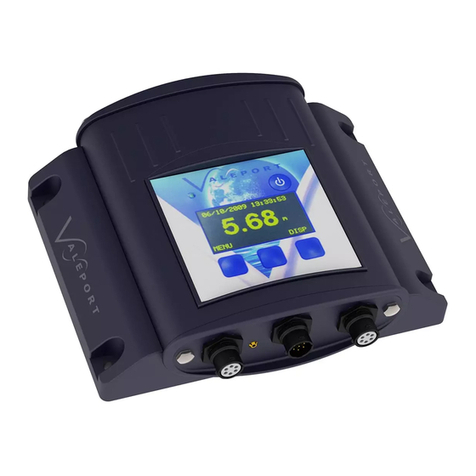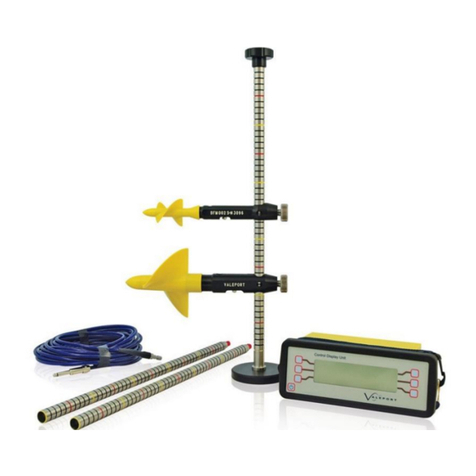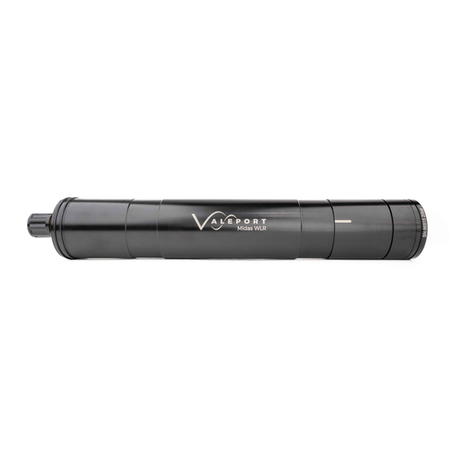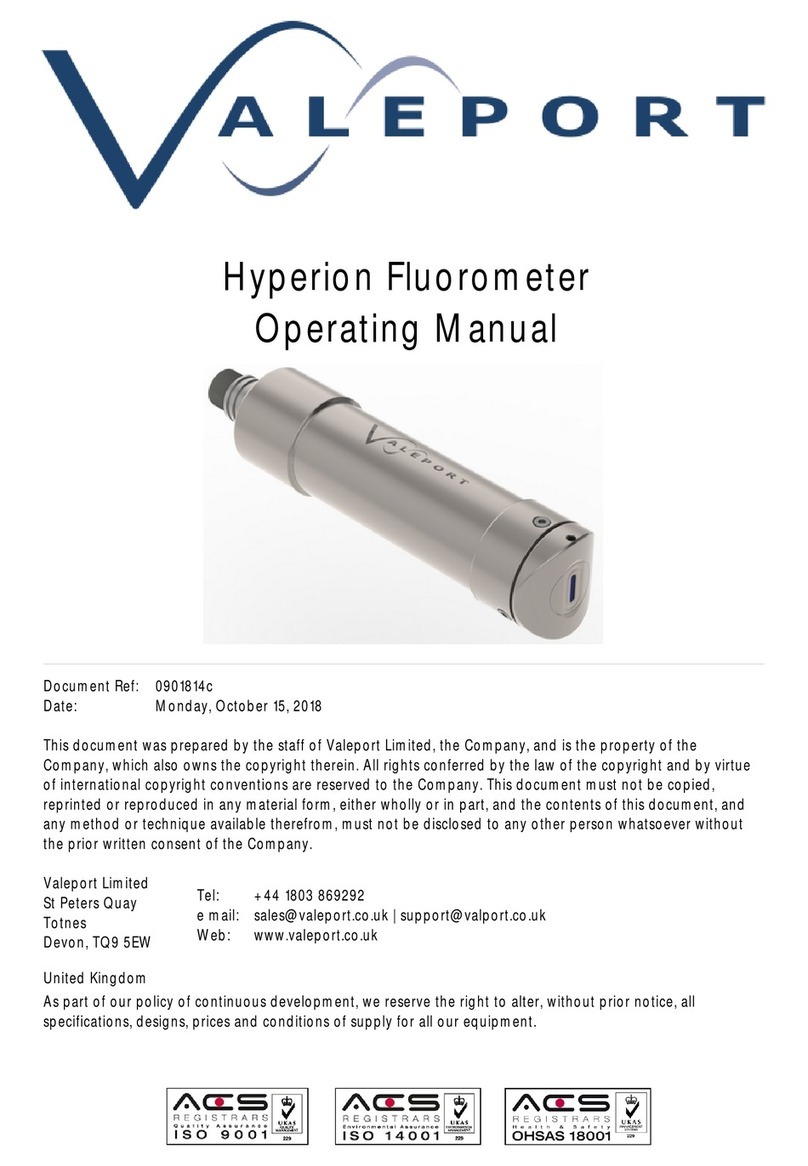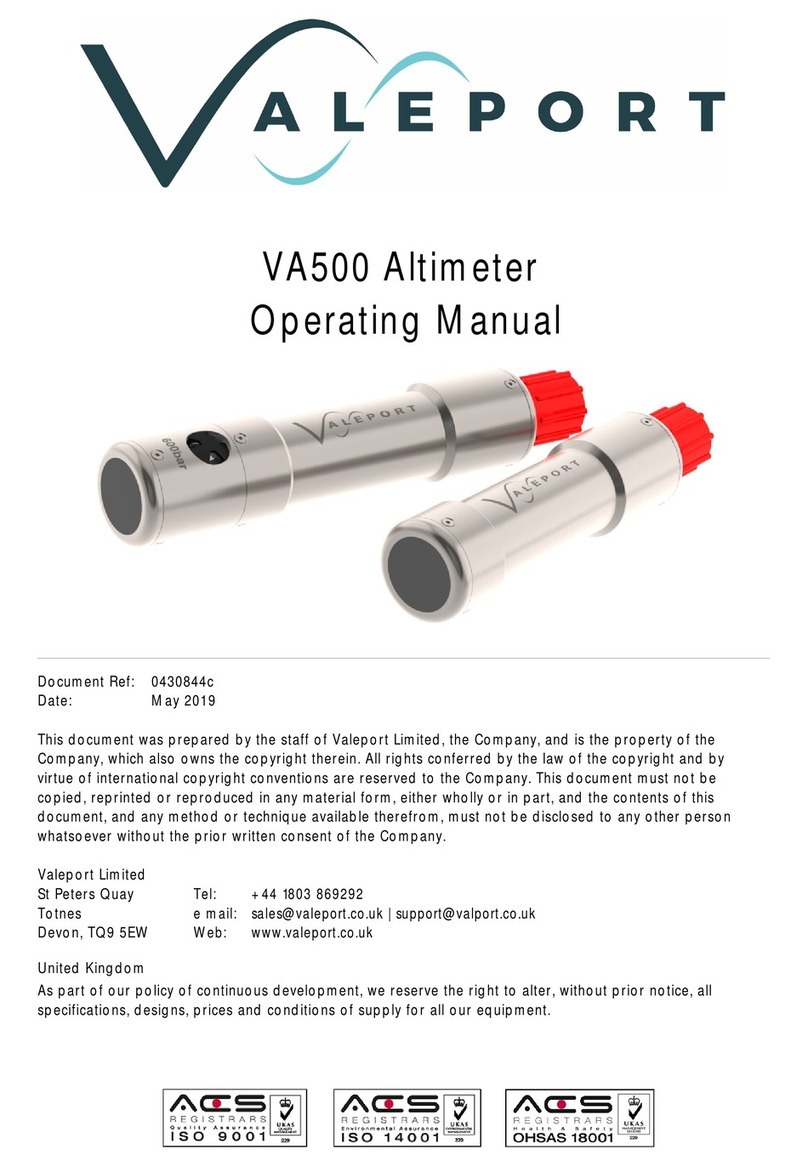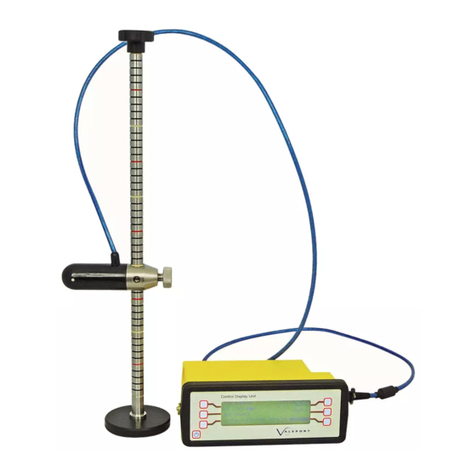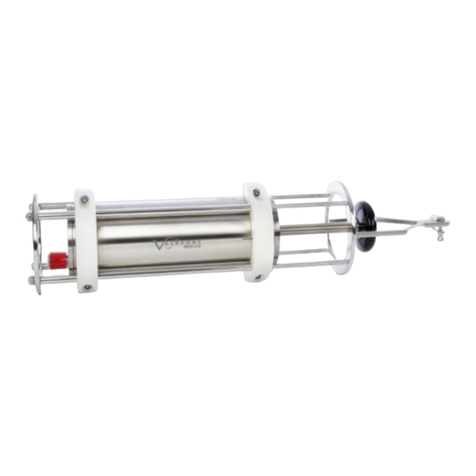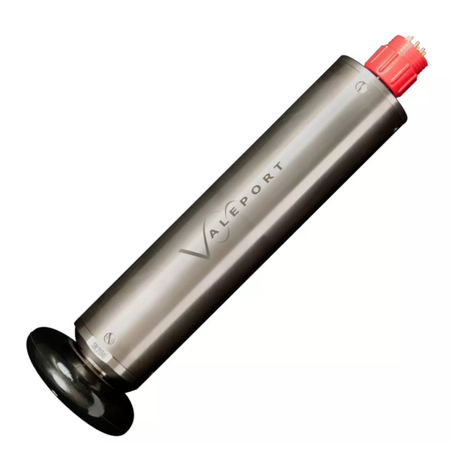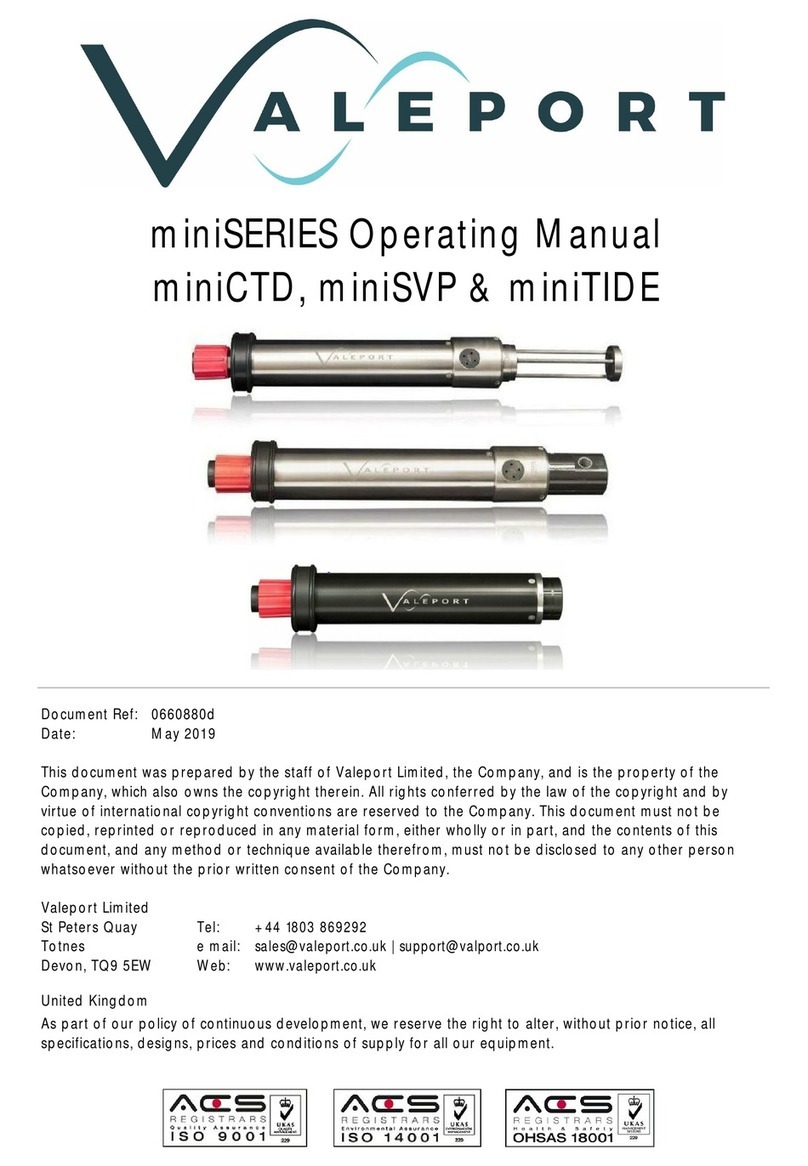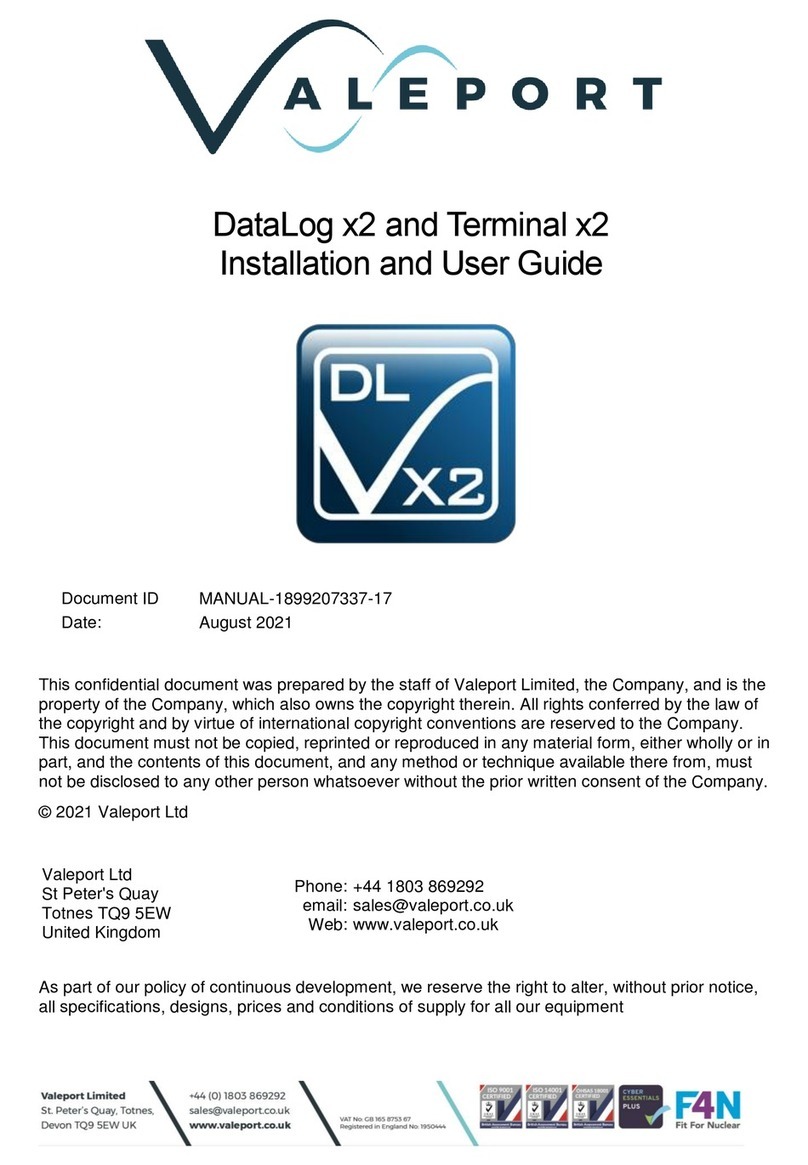Contents
1 Introduction.............................................................................................................................1
2 Sensors..................................................................................................................................2
2.1 Conductivity .....................................................................................................................2
2.2 Temperature - Fast Response Thermistor........................................................................2
2.3 Pressure ..........................................................................................................................2
2.4 Optical Sensors................................................................................................................3
2.4.1 Fluorometers...............................................................................................................3
2.4.2 Turbidity......................................................................................................................5
2.4.3 Field Testing an Optical Sensor...................................................................................6
3 Data Acquisition .....................................................................................................................7
3.1 Sampling Modes ..............................................................................................................7
4 Physical Characteristics..........................................................................................................8
4.1 Dimensions......................................................................................................................9
5 Communications...................................................................................................................10
5.1 Data Telegrams .............................................................................................................10
5.1.1 Recorded File Format................................................................................................11
5.2 Command Codes...........................................................................................................14
5.2.1 Stop Command.........................................................................................................14
5.2.2 Run Commands........................................................................................................14
6 Operation .............................................................................................................................17
6.1 Switch Cap Logger Pack Operation ...............................................................................17
6.2 Bluetooth Logger Pack Operation ..................................................................................17
6.3 Cabled Operation...........................................................................................................18
6.4 Deployment Frame.........................................................................................................18
7 Memory................................................................................................................................19
8 Electrical...............................................................................................................................20
8.1 Changing Batteries.........................................................................................................20
9 SubConn Connector Care ....................................................................................................21
10 Wiring Information ................................................................................................................22
10.1.1 Instrument Connector ............................................................................................22
10.1.2 Mode Pins..............................................................................................................22
10.1.3 Switch Plug............................................................................................................23
10.1.4 Break Out Cable....................................................................................................23
11 Software...............................................................................................................................24
12 Ordering Information.............................................................................................................25
13 EU Declaration of Conformity - CE Marking..........................................................................26
13.1 FastCTD and fastCTD plus............................................................................................27
13.2 fastCTD with Blutooth Option.........................................................................................28
